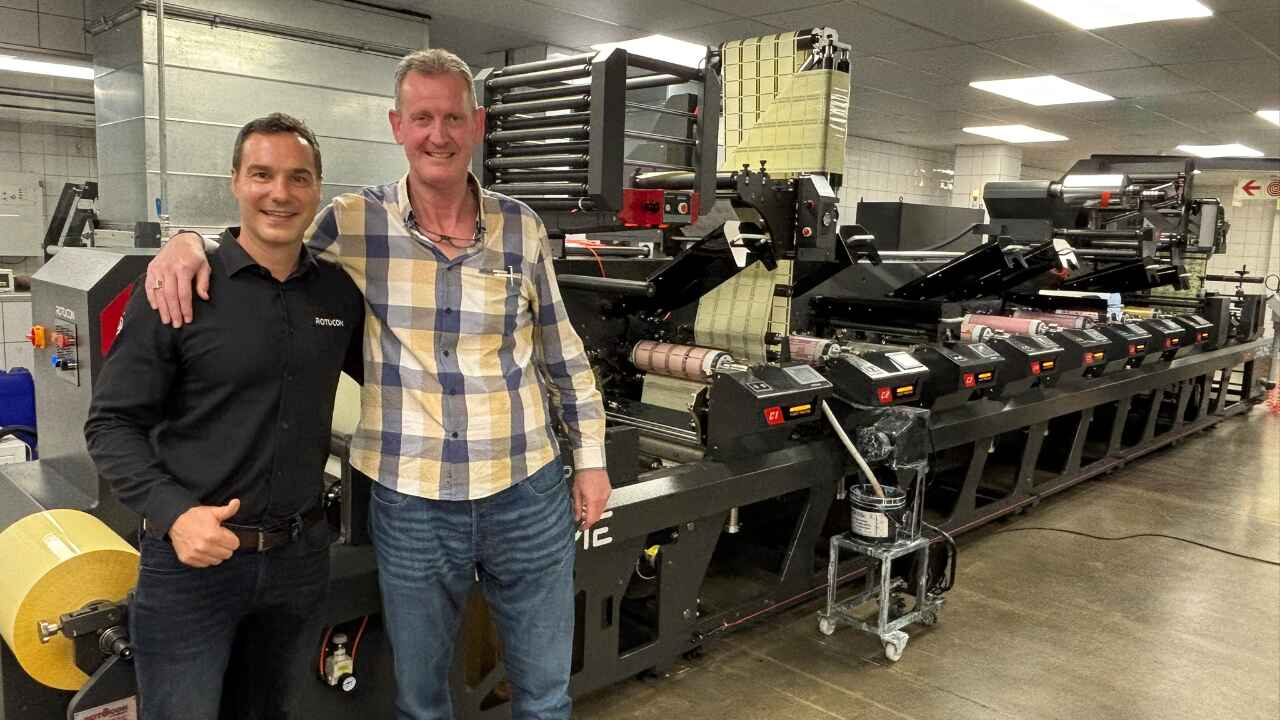Finding new customers in the TikTok age
As the consumer landscape evolves, label converters are turning to creative outlets to meet customers where they are and secure new business.

Back in the days of consumer brand loyalty, dominant global brands and long runs (broadly 1970s to the early 2000s), the relationship between label converter and customer was straightforward.
The global brands, or major regional brands, had their own packaging specification departments. They worked either with outside specialist design agencies or their own internal design teams on the final approved design.
The role of label converters was essentially passive. They were sent the final artwork, materials and finishing specifications, delivery times, locations and scheduled the job into their work plans.
Everyone knew where the brands ‘lived’, and for sales teams, it was a question of arranging face-to-face meetings to sell the company’s capabilities and understand the customer’s price, lead time and delivery requirements.
What then happened was an extraordinary and rapid deconstruction of this whole ecosystem.
“The problem for label converters was that nobody knew where these new challenger brands lived. They did not have packaging specification departments and did not work with the big packaging design agencies”
Consumers fell out of love with mass-market products, and an entirely new generation of start-ups arrived to satisfy the demand for more customized products that reflected different aspects of consumers’ lifestyles. Consumers liked the idea that they were at the center of new product design and marketing rather than buying standardized products from impersonal corporate entities.
The problem for label converters was that nobody knew where these new challenger brands lived. They did not have packaging specification departments and did not work with the big packaging design agencies.
The first thought for the challenger brand owner was, not surprisingly, on their product. They developed new marketing channels reflecting their social media habits, using apps and influencers to promote their products. This bypassed traditional advertising and promotional channels and bypassed the usual ways of buying print.
When challenger brands look for packaging printers, it is generally the last step in their product launch process, and it generally involves typing ‘Label Printer Near Me’ into a search engine.
This requires label printers to adopt a new approach to finding customers. Where do these start-ups, and the next start-ups down the road, ‘live’? What communication channels do they use?
Short video approach
In the current edition of Labels & Labeling, our China editor Yolanda Wang interviews Jiang Herun, founder of Kaidun Printing, who tells the story of how he found new business by working up a presence on the major e-commerce platforms and embracing a ‘short video’ marketing approach.
Kaidun Printing established a video team and a customer acquisition matrix determined by where a desired customer might ‘live’ in a different online space. From 2022 to 2024, 1,200 customers were brought on board to Kaidun Printing, generating an additional 2.88m USD of new business and accounting for 12.5 percent of total turnover in 2024.
Herun’s experience is important not only in the innovative way he brought in new challenger brand customers, but in how those customers were sold new added-value services. Working with customers who have little or no idea about packaging specification, but very clear ideas on how to market their product, gives a ‘clean sheet’ opportunity to discuss innovative and added-value format and decoration approaches.
This is where digital, hybrid and automated flexo can really mesh. Herun relates how customers moved quickly from marketing samples to multiple variants, then to serial production of successful ranges, with each stage exploiting the capabilities of different kinds of equipment.
Going forward, the ability to offer different labeling and packaging formats will increase value to this kind of customer. Not only labels, but also short runs of embellished single-pass folding cartons and stand-up pouches. Or combinations of all these products, like resealable labels on pouches, security and track and trace labels, or booklet labels on folding cartons.
New channels
Application and packaging equipment could provide another avenue for growth. Hiring label applicators with operators for labeling seasonal products, pouch-making machinery and folder-gluer equipment to capture more value and offer a true ‘one-stop’ service that keeps the new buyer engaged.
The success of the challengers has pushed the big brands to adopt many of the same attributes: develop new marketing channels, bring to market mass customized or short-run promotional items, multiple variants and innovative packaging formats. The move by big brands to become small brands, rewards the converter’s investments in flexible print, converting and packaging systems.
The good news is that Labelexpo is also moving in this direction. From Labelexpo Europe 2025 onward, you will see these disruptive converting systems on show, from labels to short-run value-added flexible packaging and folding cartons, and the way these products interact. The ‘challenger brand’ future will bring significant challenges and equally big rewards.
Stay up to date
Subscribe to the free Label News newsletter and receive the latest content every week. We'll never share your email address.


